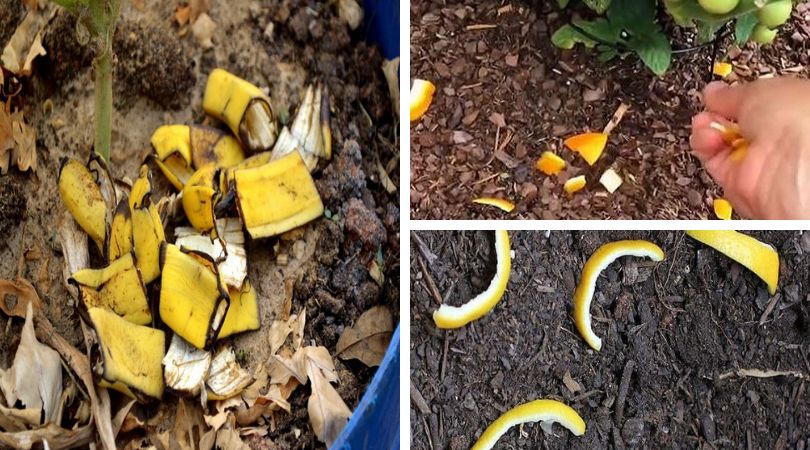Throwing away fruit peels means potentially losing out on nutrients that would be useful for your crop. Surprised? Here are the top fruit peels for fertilizing your plants.
Banana Peels
Banana peels are a great way to give your plants a healthy boost, as they are full of potassium, manganese, and calcium.
Banana peels can be added to the soil to increase the levels of macronutrients.
Grow a bountiful crop of tomatoes, peppers, and other vegetables by applying it to their soil.
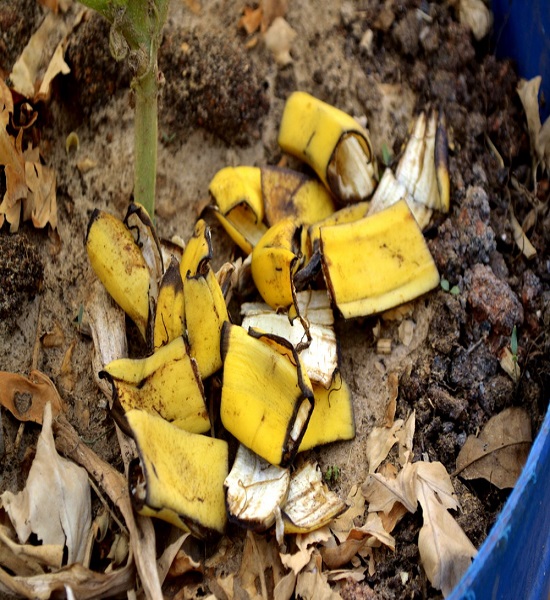
Orange Peels
Potash, iron, zinc, calcium, and citrate can all be found in orange peels, making them useful for enhancing soil morphology and meeting the needs of micronutrients in the cultivation of leafy greens and other fruits.
Increased leaf and flower production can be attributed in part to the high nitrogen content of the peels.
Make a paste by grinding 4–6 orange peels with 100–200 ml of water. You should dilute it 1:1 with water and add it to the growing medium every 6-8 weeks.
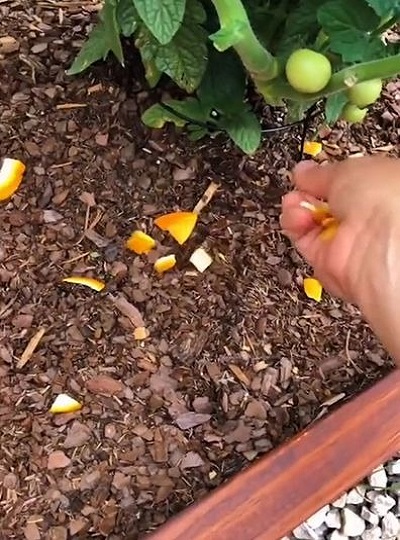
Pomegranate Peels
You think the pomegranate’s only useful portion is the seed, right? What many people are unaware of is that there are a number of useful minerals for plants in the peel, including potassium, iron, calcium, copper, phosphorus, and zinc.
These elements also contribute to an increase in soil macronutrients, which improves plant growth and yields of leaves, fruit, and flowers.
The peels of four to six pomegranates should be cut into smaller pieces. Then, add a cup of water and grind them together. The thick paste should be diluted 1:5 before being used to water the plants.
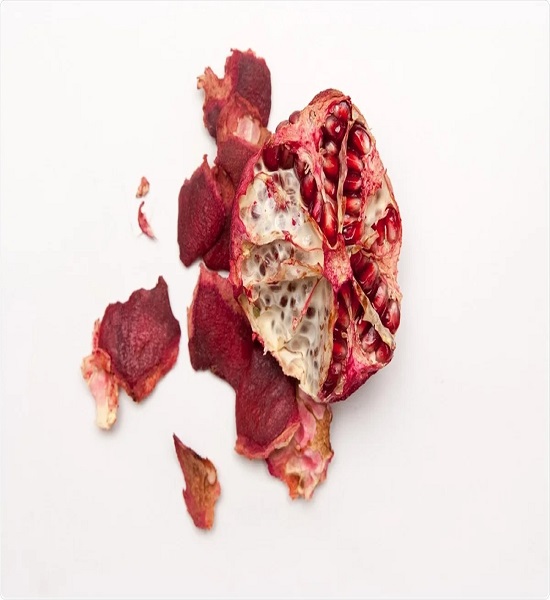
Mango Peels
Vitamin A, C, B6, copper, folate, and dietary fiber can all be found in mango peels. Their ability to significantly increase plant development makes them an ideal organic fertilizer for your garden. This includes plants as diverse as flowers, herbs, and vegetables.
Prepare an airtight jar with the peels and one glass of water. Make sure the container is sealed and let it sit for two or three days.
Repeat this process of resting and stirring the peels for another day or two. The peels can be blended together with this solution by first grinding them in a blender. Once every four to six weeks, combine it 1:2 with water and use it to irrigate the plants.
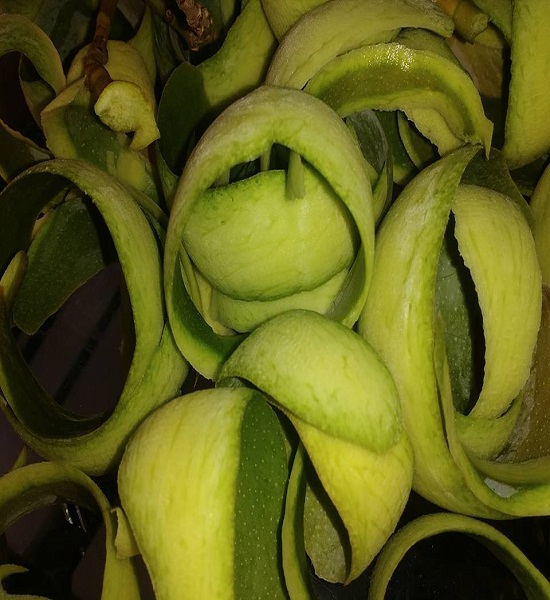
Lemon Peels
Vitamin C, potassium, and nitrogen can all be found in lemon peels. They can be made into a nutritious compost by adding them to compost.
You can use the peels to make your soil more acidic. You may make a powder by drying the peels of citrus fruits and then grinding them into a powder. Spread this over the ground and work it in.
Prepare your own dried peels by slicing some peels into little pieces and drying them in the sun for three to four days. Now, grind them up in a blender and mix a handful per plant once every 5-7 weeks. The growth of plants’ foliage and blossoms will be facilitated.
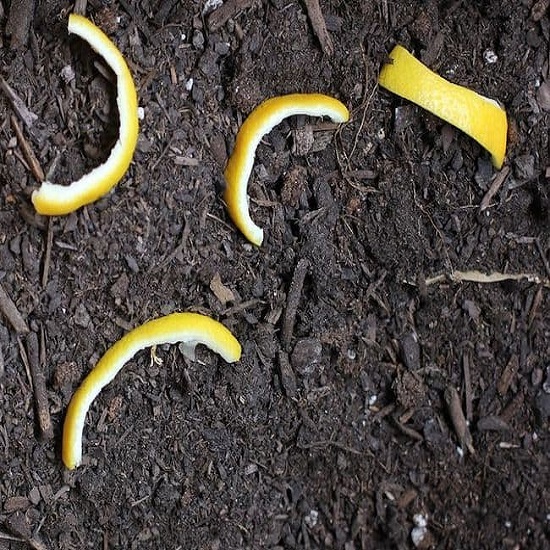
Grapefruit Peels
The potassium and phosphorus found in grapefruit peels are extremely useful to plants and can increase yields of both fruit and flowers.
Make smaller pieces of the peels and let them dry out in the sun. For optimal results, crush into a powder and apply a handful to the growing medium once a month.
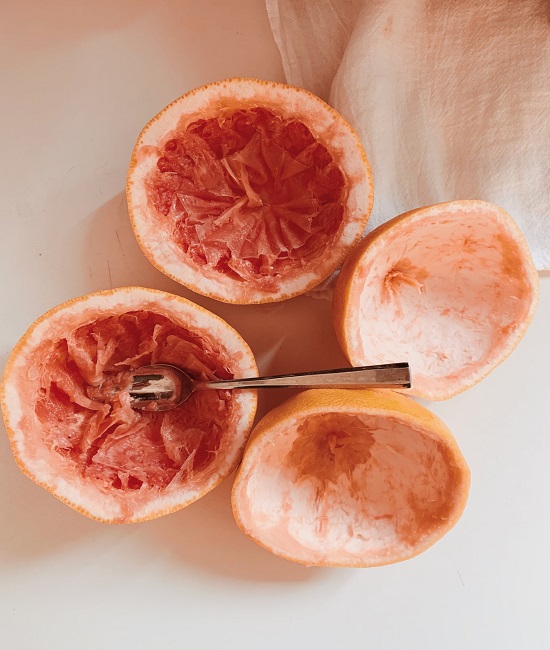
Apple Peels
Apple peels provide a variety of nutrients that may be beneficial to your plants, including potassium, vitamin A, vitamin C, folate, iron, calcium, and phosphorus.
Gather the peels and combine them with a half cup of water in a blender. When applied to plants, dilute it 1:1 with water and do so every 6-8 weeks.
Add a teaspoon of coffee grounds to amp up the strength. In addition to composting the peels separately, you can incorporate them into your growing media directly. They’ll be like a slow-release fertilizer that way.
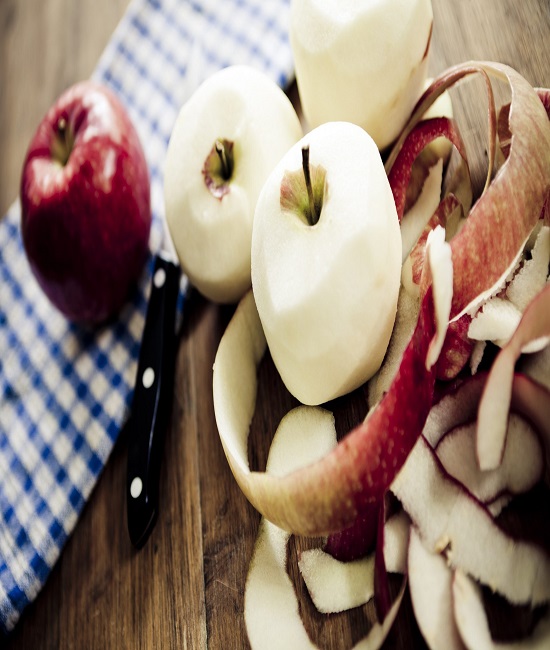
Papaya Peels
The outcomes of putting papaya peels on plants were shown to be superior to those of utilizing commercial fertilizer.
The protein, fiber, mineral, and beta-carotene contents in the peels promote the growth of leaves, leaf area, plant height, stem growth, shoot, root biomass, and root length.
To promote luxuriant growth and larger blossoms, shred the peels and incorporate them into the soil.


